Countries spending more on debt than education, health and social protection
Around one in eight nations spends more on debt than on social services, according to a new report from the UN Children’s Fund (UNICEF) launched on Thursday, calling for debt service relief and restructuring to enable countries to bounce back from the pandemic
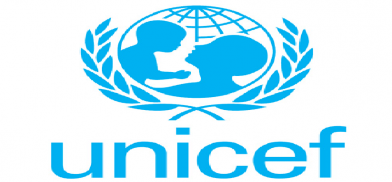
Around one in eight nations spends more on debt than on social services, according to a new report from the UN Children’s Fund (UNICEF) launched on Thursday, calling for debt service relief and restructuring to enable countries to bounce back from the pandemic.
COVID-19 and the Looming Debt Crisis notes that in 2019, 25 mostly poverty-stricken countries spent a higher proportion of government expenditures on debt services than they did on education, health and social protection combined.
“The personal and public costs are enormous, leaving children, their communities and their countries with little hope for sustainable economic and social development”, said UNICEF chief Henrietta Fore.
Global efforts are needed to protect social spending, and with it the right of every child to social security, education and health services, says the report.
“Children living in countries with high debt burdens and limited resources for social protection, education and health are unlikely to ever break free from poverty and deprivation”, she warned.
Debt constraints
The brief highlights at-risk countries with high poverty levels and those less likely to benefit from the G20 industrial nations’ Debt Standstill (DSSI) policy, agreed last April to ease the COVID-19 crisis.
Against the backdrop that only one in three eligible countries has participated in the initiative, the report acknowledges that it has helped maintain spending on health and social protection in the 46 participating countries.
However, it notes expenditure reductions in education, child protection, nutrition, sanitation and hygiene services.
‘Global education catastrophe’
The looming debt crisis for low and middle-income countries is compounded by the COVID-19 pandemic, which further threatens to crowd out social spending for children.
Before the pandemic, countries with the highest levels of debt service were spending at least three dollars on debt for every dollar paid to essential social services, according to the report.
The UNICEF chief attested that the pandemic has caused “a global education catastrophe that desperately needs addressing to avoid the COVID-19 generation from becoming a lost generation”.
“Yet, due to COVID-19 and the debt burdens faced by these countries, we are already seeing a contraction in education budgets at a time when countries need to be investing in improving schools and education systems”, she added.
International debt restructuring architecture
Moreover, the brief points out that the global response to the debt crisis is too small in comparison to the overall fiscal response to COVID 19 and does not cover debt to commercial creditors – increasingly exposing middle-income countries.
“It is imperative that international agencies, creditors, and national governments act together to reduce the debt burden and direct savings towards inclusive social investments”, said Ms. Fore.
The report concludes that a new international debt restructuring architecture – that includes greater support for heavily indebted poor countries; greater transparency on debt as part of national budget processes; and coordinated action on the part of creditors – is crucial to protecting children’s rights in the wake of COVID-19.
“Comprehensive debt relief and restructuring is essential to ensure a recovery that is both inclusive and sustainable so that children do not bear the double burden of reduced social services now and increased debt in the future”, she stressed.
(IBNS)
and i am genuinely pleassant to read everthing at alone place.
My blog; <a href="https://youtu.be/9OaEs678upc">does mycosoothe really work</a>
I'll bookmark your weblog and check again right here frequently.
I'm moderately certain I will learn many new stuff right right here!
Good luck for the next!
Also visit my page glyco shield - https://youtu.be/DKSBPNipADw



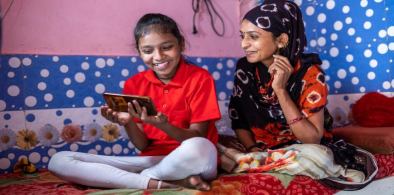
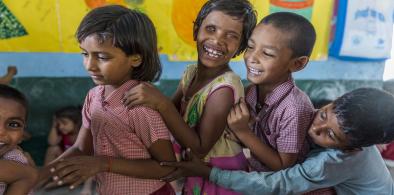
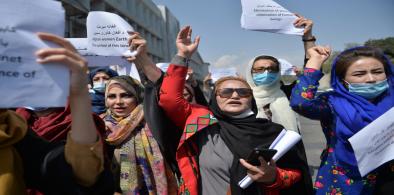
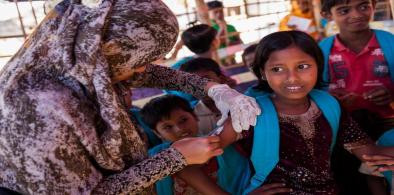
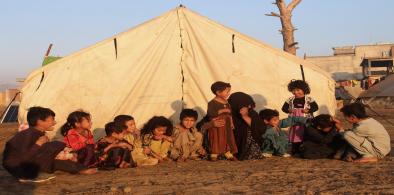








Post a Comment